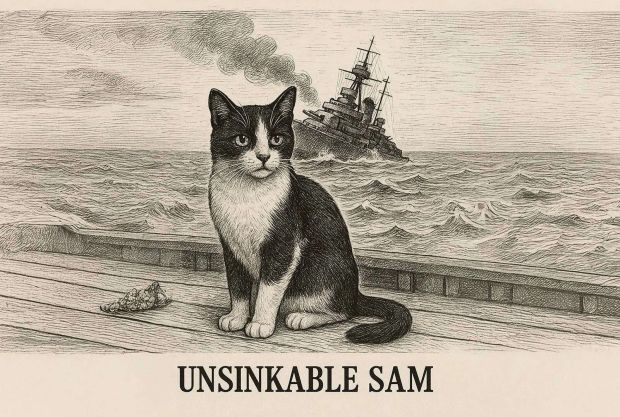The Legend of Mountain Lion P-22: A Resilient Spirit in Urban Wildlands

Mountain Lion P-22, an iconic member of the Puma concolor species, has captured the hearts of wildlife enthusiasts and scientists alike. Known for his remarkable journey through the urban landscapes of Los Angeles, P-22 became a symbol of resilience and adaptation, highlighting both the challenges and triumphs faced by wildlife in increasingly urbanized environments. This article explores the life and legacy of P-22, examining his significant contributions to wildlife conservation and urban ecology.
From the Wild to Urbanity
P-22 was born in the Santa Monica Mountains, a region that consists of rugged terrain and diverse ecosystems. His journey to urban Los Angeles began when he left his mother’s territory—a common rite of passage for young mountain lions seeking to establish their own claims. It is believed that he crossed two major highways—The 101 Freeway and the 405 Freeway—facing perilous obstacles in order to find a new home.
By the time P-22 made his way into Griffith Park, one of the largest urban parks in the United States, he had successfully navigated a highly urbanized landscape that posed significant threats to wildlife. His fascinating adaptation to the urban environment shed light on the survival strategies of large mammals in a world increasingly dominated by human infrastructure.
Life in Griffith Park
Once settled in Griffith Park, P-22 quickly became a celebrity in the animal kingdom. He thrived in a territory that spans approximately 8,000 acres, which provided ample hunting grounds and refuge. His photo captures, spotted by wildlife cameras and hikers alike, showcased his majestic visage and sparked curiosity about his life as an urban cougar. P-22’s ability to coexist with human inhabitants was a rare phenomenon, challenging the notion that wildlife and urban environments are incompatible.
His presence in Griffith Park also provoked discussions about wildlife corridors, the importance of natural habitats, and the need for sustainable urban planning. P-22 became a poster child for the “wildlife-friendly” movement—encouraging cities to implement measures that would foster coexistence between humans and animals.
Challenges and Conservation Efforts
Despite his adaptation to urban life, P-22 faced numerous challenges, such as inbreeding, food scarcity, and the ever-present threat of vehicles on the road. His story resonated with conservationists, who recognized the need for protective measures that would ensure the survival of mountain lions in urbanized regions. This awareness resulted in substantial efforts to create wildlife corridors and safe passages, allowing animals like P-22 to traverse urban areas more safely.
Various organizations, including the National Park Service and the Santa Monica Mountains Fund, worked tirelessly to promote conservation efforts. These initiatives not only focused on P-22 but also addressed broader ecological concerns related to habitat fragmentation.
The Legacy of P-22
P-22’s story came to a heartbreaking conclusion when he was euthanized in December 2022 after being diagnosed with serious health issues, including a severe skin infection and other complications associated with aging. His passing evoked an outpouring of grief and reflection on the life of this extraordinary animal. The legacy of P-22 lives on, serving as a reminder of the delicate balance between human development and wildlife preservation.
To honor his memory, various projects have been initiated to enhance awareness of mountain lions and their ecological importance. Educational programs, urban wildlife initiatives, and conservation campaigns continue to thrive, inspired by P-22’s resilience and spirit.
Mountain Lion P-22’s journey through the urban landscape of Los Angeles has left an indelible mark on wildlife conservation and urban ecology. His story exemplifies the struggles and resilience of wildlife adapting to human-dominated spaces. While P-22 may have crossed his final frontier, his legacy endures, reminding us of the vital connection between humans and the natural world. Through continued advocacy and education, we can work towards a future where urban spaces and wildlife coexist harmoniously, preserving the wild spirit that P-22 embodied.



